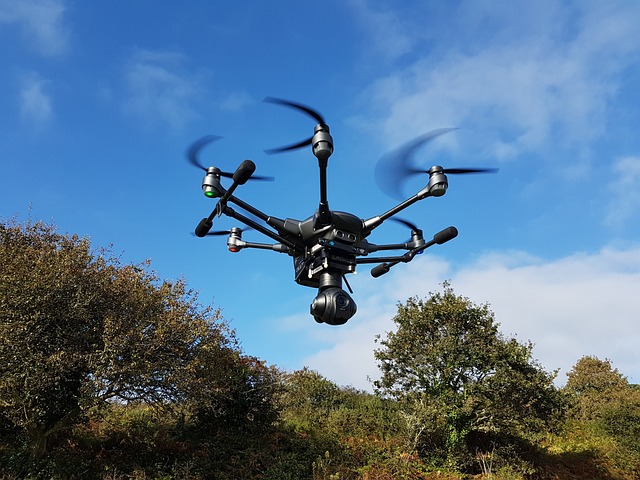
Drones are rapidly evolving beyond recreational gadgets into essential tools across industries. The image of a high-tech drone hovering over a landscape captures this transformation. Equipped with multiple cameras, sensors, and GPS systems, modern drones are now capable of tasks ranging from real-time mapping to precision agriculture and infrastructure inspection. Their versatility is redefining how we interact with the sky.
One of the key innovations in next-gen drones is enhanced AI integration. Machine learning allows drones to recognize patterns, avoid obstacles, and make autonomous decisions mid-flight. These features enable safer and more efficient operations, especially in sectors such as search-and-rescue, environmental monitoring, and military reconnaissance.
Delivery services are also beginning to embrace drone technology. Companies like Amazon and UPS are testing autonomous drones for last-mile deliveries, aiming to reduce traffic congestion and emissions. Trials in rural and urban areas have shown promising results, though regulatory hurdles and safety concerns still need to be addressed.
Privacy and airspace management have become major concerns as drone usage grows. Governments worldwide are introducing new laws to regulate drone flights, enforce no-fly zones, and require registration. Developers are also working on remote ID systems and geofencing to help prevent misuse while maintaining innovation.
As technology improves and costs drop, drones are expected to become even more widespread and specialized. From disaster response to filmmaking, these flying devices are transforming industries and expanding possibilities. With the right balance of innovation and regulation, the sky is no longer the limit—it's a platform for the future.
No comments...
It is not possible to leave comments at this time.